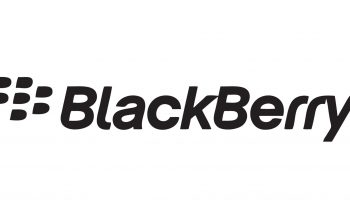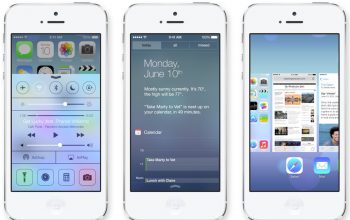Fox Broadcasting Wants Dish to Put a Stop to the Hopper
No, this isn’t a cute reference to furry bunnies and the upcoming Easter holidays. Fox Broadcasting Company is hoping to block the sale of DISH Network’s Dish Hopper with Sling technology, stating that the integrated technology that allows users to skip ads whilst watching TV programming violates contracts.
Naturally, Fox believes that making it so simple for consumers to skip advertisements during live TV programming (from what I gather, it’s a simple “ad skip” button versus the slightly more cumbersome capability to fast forward manually with a standard PVR) will negatively effect its advertising base, from which the network relies on heavily in order to provide programming. Indeed, CBS, NBC/Comcast, and ABC/Disney have also filed suits against the company for the Dish Hopper.
Fox also isn’t fond of the feature that allows for watching programming on “second” screens, like mobile devices, using the Sling technology. This includes both live programming that’s “place-shifted,” as well as offline content that’s transferred for later viewing on an iPad. According to the firm’s filing, this capability could effect relationships with providers like iTunes and Amazon, both of which pay for the rights to offer Fox programming in video-on-demand, commercial-free formats to customers.
It’s a contentious issue for the industry as a whole. On the one hand, the whole “second screen” phenomenon is a growing one across all areas of entertainment. Consumers want, and arguably should be able to, view programming to which they subscribe via various mediums. Transferring a program to watch on the iPad because your spouse wants to use the living room TV to play video games isn’t a negative for the industry, nor the networks. If anything, it promotes further engagement with programming, not to mention sheds light on the forward-thinking networks and devices that allow for a multitude of viewing options.
On the other hand, however, networks must look after their best interests. Without advertising support, the programming you love wouldn’t be possible. And if consumers can so flippantly disregard the 1.5 minutes of commercial breaks every 10 minutes, advertisers may look to other mediums to spend their dollars.
However, in this day and age, the idea of “live” television is slowly becoming passé. Personally, I can’t remember the last program I watched live. Even highly anticipated events, like the Grammy’s earlier this month, enjoyed that little red record button on my PVR, allowing me to not only pass by the commercials, but also the portions of the show itself I wasn’t interested in viewing.
The reality is that TV advertising has taken its own shift toward product placements (some far more vomit-inducing then others), in-show mentions; even ads integrated with the content. Popular family sitcom Modern Family had an entire episode surrounding the Apple iPad. The Sony Xperia TL is known as the “Bond” phone, because it’s the device Daniel Craig holds close to his hip in the latest flick Skyfall. Several episodes of teen drama 90210 have seen Microsoft laptops and tablets pushed blatantly, but worked into parts of the show’s storyline. And as much as this often makes me cringe, it’s a necessity for the industry. Because like it or not, time-shifting is a reality. And whether consumers have a Dish Hopper with Sling, or a regular ol’ PVR, they ARE going to watch shows how they want and when they want.
That said, for now, networks like Fox will continue to fight what it feels is the good fight.
“Paying Dish for a satellite television subscription does not buy anyone the right to receive Fox’s live broadcast signal over the Internet or to make copies of Fox programs to watch ‘on the go’ because Dish does not have the right to offer these services to its subscribers in the first place,” reads the amending file from Fox, which was presented to Judge Dolly Gee of the U.S. District Court for California’s Central District.
Does paying for a music CD, then, not give the consumer the right to play it on his stereo at home? In the CD player of his car? Or to take it to his friend’s place and play it there? One could argue these issues are very similar.
In Canada, many providers have embraced the multiple screen strategy, arguably in large part due to the fact that they control all sides. Rogers, for example, embraces customers viewing programming online through its own Rogers On Demand Online portal, or via its mobile TV service. Ditto for Bell with its partner options. In fact, Bell just announced this week that the Academy Awards would be streamed live this Sunday over CTV (which Bell owns) and via the Mobile TV service.
Funny enough, last month CNET came under fire after it was revealed that the company’s editors had voted in the Dish Hopper with Sling as a Best of CES device, only to have reportedly (and controversially) kept that vote under wraps after receiving pressure from parent company CBS to remove it from the list due to pending litigation.
As for blocking the Hopper, there’s a hearing scheduled for March 22. For now, the Dish Hopper with Sling has already found its place within more than two million American homes…and counting.



